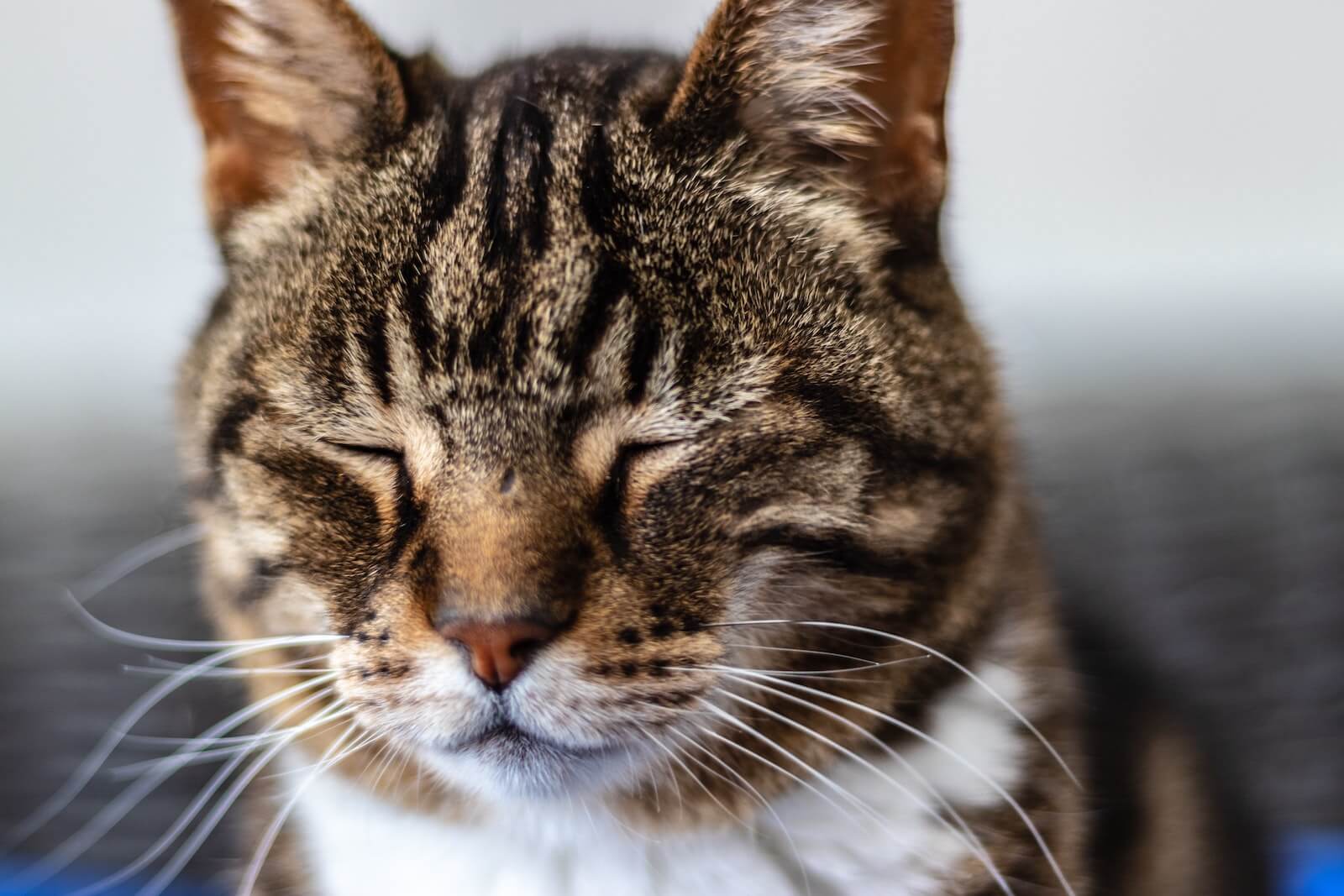A cat’s whiskers are very important to daily life, as they help them in many things you probably won’t imagine. Whiskers work like satellite dishes that help your cat orient himself in the world when his vision is not the best, as well as help him detect movement around him. You can imagine that being an essential tool, it would be very problematic if your cat lost its whiskers or had them clipped off by a naughty child, which would probably lead you to wonder, “Do cat whiskers grow back?“
Cats lose whiskers for various reasons, from accidents with children or other cats to scratching their faces or natural shedding, but fortunately, the whiskers do grow back.
Why do cats have whiskers?
Your cat’s whiskers have many interesting functions that help him be one of nature’s best ninjas.

1. Communication
Did you know that your cat’s whiskers can change position? Yes, they can, and they indicate your kitten’s mood, so pay attention to spot the subtle differences. When the whiskers are relaxed and horizontal, they suggest that the cat is calm or happy, but if they are flat and pressed against the face, it means the cat is angry or fearful.
2. Navigation
Whiskers allow them to sense all kinds of vibrations to detect movement easily. These signals go directly to the brain and are translated into vital information for your cat. For example, they can sense changes in air currents, whether an animal is approaching them, and at what speed.
This is especially useful during the day, as cats have excellent night vision, but their eyes don’t focus very well in daylight. Hence, the whiskers help them orient themselves to avoid bumping into furniture and escape evil predators.
3. Orientation
The cat’s body is a marvel, and the whiskers are not far behind. These thick hairs can send signals to the brain about how gravity affects them, known as proprioception, so the cat always knows where its body is oriented concerning the ground. The cat’s tail and whiskers are the reason it always lands on its feet because even if it is doing somersaults in the air and has its eyes closed, its body will tell it where the ground is and adjust its body before it falls.
4. Perception
Another vital function is the perception of their body. The length of a cat’s whiskers should be proportional to the width of its body, so as a rule of thumb, if your cat can fit its face into a space without its whiskers being squashed, its body should also fit, which is why you see cats safely squeezing through spaces that appear small. This doesn’t apply to cats with obesity, as whiskers don’t grow as the pounds increase.
Do cats lose whiskers?
Cats lose their whiskers naturally because, just like their coat, they also shed their whiskers. The difference is that while the cat sheds its coat according to the seasons, the whiskers fall off one by one when the hair has completed its cycle.

There are more reasons for a cat to lose whiskers, the most common being allergies and infections such as ringworm, which cause itching and irritation in the cat, causing it to scratch and rub its face constantly, which could break or tear off the whiskers.
Other causes of whisker loss are fights with other pets or rough play in which another animal may bite and injure the whiskers. And let’s not forget a harmless but annoying disorder called feline acne, which is nothing more or less than an excess of keratin or sebum, usually accumulated on the chin, which can cause a hair follicle to become clogged and infected, causing irritation and loss of the whisker.
Do cat whiskers grow back?
Yes, all cats’ whiskers generally grow back once shed or trimmed. There is no estimated growth time. While some cats take as little as 2 weeks, others may take up to 3 months to regrow whiskers to their functional size.
Only under rare circumstances may a cat’s whiskers not grow back, for example, when the cat has alopecia, and the hair follicle is damaged and no longer functions, which can occur in complicated infections.
Should I trim my cat’s whiskers?
No, not at all. Even if you think your cat’s whiskers are too long, you should never trim them. The main reason is that your cat depends a lot on the information given by its whiskers, especially to walk smoothly without bumping into everything and also to detect close objects; since their near vision is awful, they are not able to focus on anything that is less than 12 inches away.
If your cat’s whiskers are long, don’t worry, they should be.

Do cats’ whiskers grow back? Final thoughts
Cats’ whiskers are not just an ornament; they have essential functions in their daily lives. Because they detect vibrations in the environment, they transmit vital information to the cat that helps it know if predators are nearby, if it is about to bump into furniture, or if the prey in its claws is moving.
Although cats constantly shed their whiskers, factors such as allergies or an infection contribute to your cat losing them. Fortunately, the whiskers grow back in no more than 3 months. Now you know more about cats’ whiskers, so take good care of them and never trim them. Your cat will thank you for it! Have you ever found a whisker on the furniture and wondered if it was from your cat? Share your story in the comments section!
